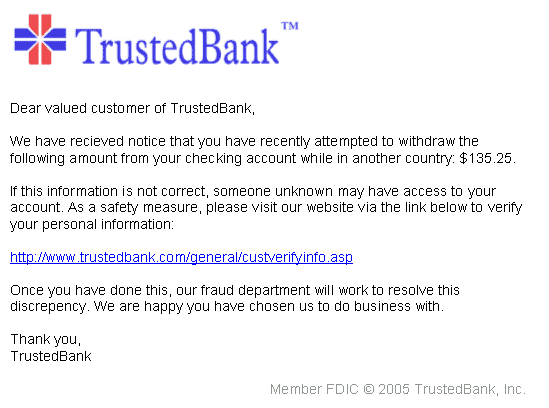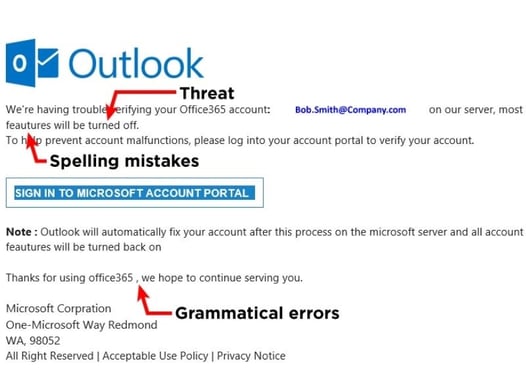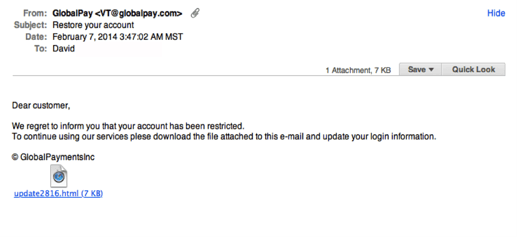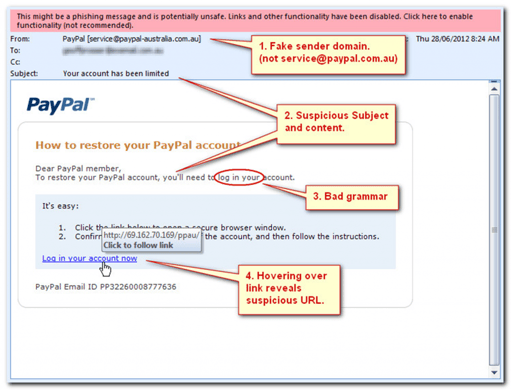What are Phishing Email?
.png)
What is phishing?
This technique is known as phishing, and it’s a way hackers lure you into giving your personal info or account data. Once your info is acquired, hackers would generate a new user credentials or install malware into your system to steal sensitive data.
What is a phishing email?
Are you sure that the email received was from the source it says it’s from? Individuals and companies are repeatedly aimed by cybercriminals through emails designed to look like they came from a genuine organization. Often, the sender requires recipients to click on a link that takes them to a page where they will have to insert bank details, personal data , etc.
5 Signs of phishing email
1. Legitimate corporations don’t request your sensitive info via emailOdds are if you get an unsought email from an institution that gives a link or attachment and expects you to give out sensitive info, it’s a scam. Most corporations would not send you an email requesting for credit card info, passwords, tax numbers, or, credit scores nor would they send you a link from which you are require to login
2. Legitimate companies usually call you by your name
Phishing emails usually use basic greetings such as “Dear valued member,” “Dear customer” Or “Dear account holder.” If a business you deal with needed information about your account, the email would call you by name and direct you to contact them via phone.

3. Spelling errors in the email
One of the easiest way to identify a scam email is bad grammar and misspelled words. An email from a genuine company would be well written. Little known fact – there’s a reason behind bad syntax. Hackers commonly aren’t stupid. They target the uneducated believing them to be less attentive and thus, easier targets.

4. Legitimate businesses do not send unsolicited attachments
Unsolicited emails that contain attachments has a high chance of being a scam mail. Usually, genuine organizations don’t randomly send you emails with attachments, but alternatively directs you to download documents or files on their own website.

5. Legitimate corporation links match legitimate URLs
Simply because a link says it’s going to send you to one website, doesn’t mean it’s going to. Pay attention to the URLs. If the link in the text isn't the same the URL displayed as the cursor hovers over the link, that's a sure indication you will be brought to a site you don’t want to visit. If a hyperlink’s URL doesn’t appear to be correct, or doesn’t fit the context of the email, don’t believe it. Do your due diligence by hovering your mouse over embedded links and ensure the link begins with https://.

